7 Best Plyometric Box Exercises
What is Plyometrics?
Plyometrics, otherwise known as jump training, is a type of training that involves the body exerting maximum force in short intervals of time by extending and contracting the muscles rapidly.
There are many benefits that come with plyometrics training such as increasing power, building strength and burning calories. Cardiovascular health also improves as the individual's heart rate increases which will allow oxygen and blood to move more efficiently through the body to the muscles.
Prior to starting plyometrics, it is ideal to do a 10 minute warmup to help loosen up the muscles in the body, as well as following the workout with a cool down. Some of the most effective plyometric exercises include box jumps, box dips, squat cleans, and box push up. It is recommended that each exercise be kept at a volume of 6-12 reps per set, totalling 18 - 36 reps. If you’re new to plyometrics it is also recommended starting off with lower intensity exercises, and waiting until you develop more strength before moving onto more challenging exercises.

Although plyometric exercises require little to no equipment, having a plyometric box (jump box) or a platform will make it more challenging. Plyo boxes come in a range of different sizes and shapes; however the most common ones are rectangle, and made from high strength, high quality materials. Generally they are made from wood, foam or steel. To increase intensity, other accessories such as barbells and dumbbells can also be used during plyometrics.
7 Best Plyometric Box Exercises
If you're wanting to give plyometrics a go, then we recommend trying these 7 exercises!
1. Box Jumps

How to: Stand in front of the jump box with your feet hip-width apart. Launch up by driving through the legs and bending your knees when you land to absorb impact. Get off the box one foot at a time before repeating the exercise.
Extra tips: Use a higher box to increase difficulty, a shorter box to reduce difficulty.
2. Box Dips
How to: Keep your hands shoulder-width apart on the box, with your body facing away. Have your legs straight with your heels digging into the floor. Your arms should be fully supporting your body weight. Drop your bottom to the ground by bending at the elbow to 90 degrees, and drive back up by straightening your elbows. Keep your backside as close to the box as possible during the descent and ascent.
Extra tips: Bend your knees and bring your feet close to the box to reduce difficulty.
3. Squat Clean
How to: Use a plyometric box that allows your legs to be bend to 90 degree angle when seated. Using a barbell with a weight that’s comfortable for you, place the bar on the lower part of your shoulders and stand with your feet hip-width apart. Maintain a slow and controlled movement as you sit and stand. Keep your core tight and spine neutral during the entire exercise. If the barbell is too heavy, dumbbells can also be used by holding one in each hand either in front of the chest or down by the hips.
Extra tips: Avoid rocking forward during the lift to gain momentum. Lower the weight if this does start to occur before continuing
4. Box Push Ups
How to: Place your hands shoulder-width apart on the top corner of the box with your arms out straight. Bend at the elbows to lower the torso towards the box, keeping them at a 45 degree angle when you’re lowered. Keep your core tight and legs straight when you come back up.
Extra tips: Use a shorter box to increase difficulty, a higher box to reduce difficulty.
5. Lateral Box Step Ups

How to: With the use of a plyo box, stand to the back and raise your inner knee to place your foot on the box. Ensure a 90 degree bend at the knee prior to starting the exercise. Extend and contract at the knee with slow and controlled movements on each side for the desired set range. Make sure that your knee stays over your foot and does not waver to either side.
Extra tips: Add barbells or dumbbells to increase difficulty.
6. Bulgarian Split Squats
How to: Place one leg back with the top of your foot resting on the jump box and the other positioned under the hips. Drop your back knee down to the ground and ensure that the front stays at a 90 degree angle. Push through the front leg to get back up. Switch legs and repeat.
Extra tips: Keep spine neutral to keep the focus on the front leg, however leaning the chest forward will also activate the glutes if you’re seeking a more advanced exercise.
7. Burpee Box Jumps

How to: Stand approximately 2 feet away from the box and drop into a burpee with your head close to the box. When getting out of the burpee, push up and maintain momentum into a jump. Land on the box with flat feet and soft knees. Step back one foot at a time to get off the box and repeat.
Extra tips: Use a higher box to increase difficulty, a shorter box to reduce difficulty.
At World Fitness we offer a wide range of equipment to assist beginners wanting to start plyometric training as well as those who are seeking products to enhance their workout. Feel free to contact us for more information and advice. Happy training!

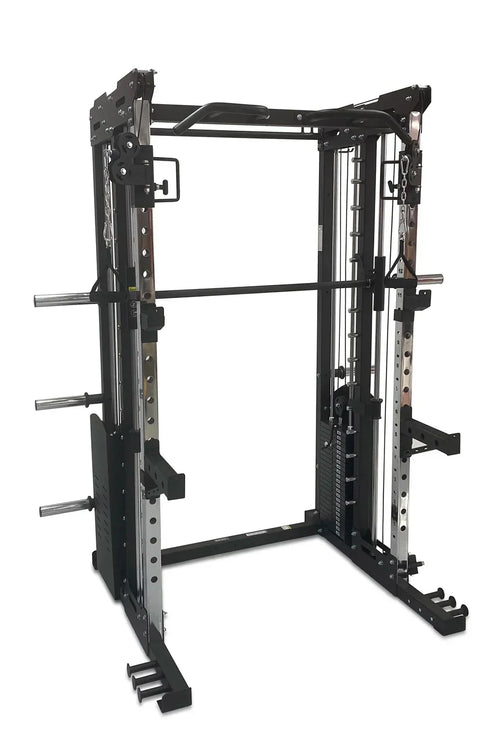
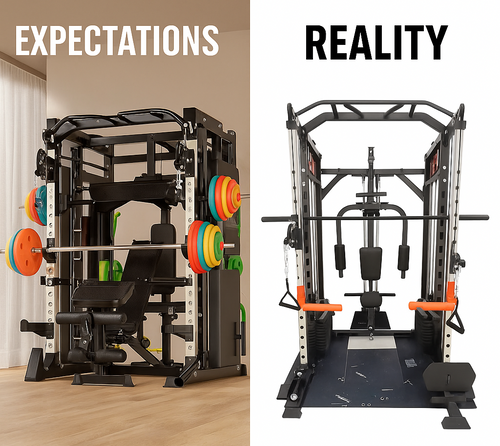
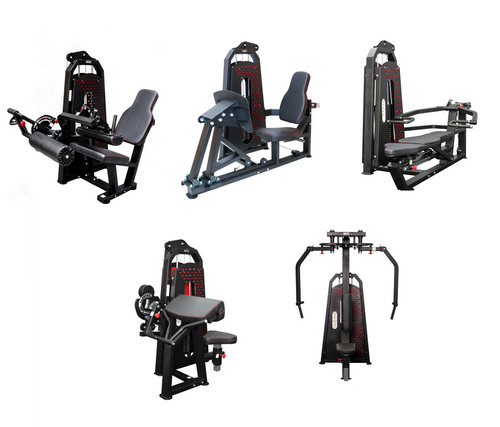
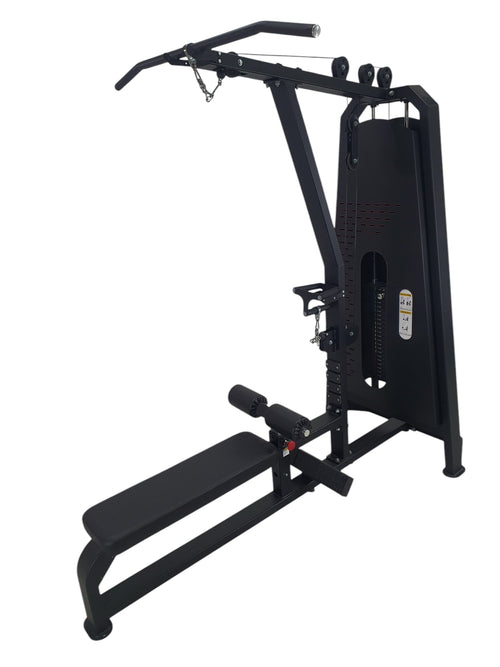
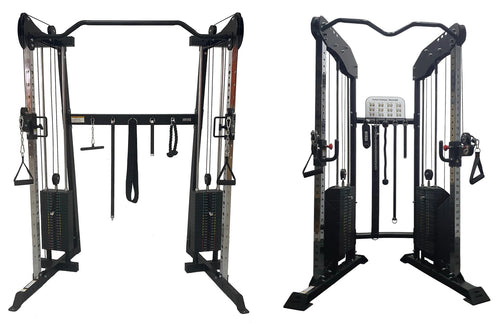
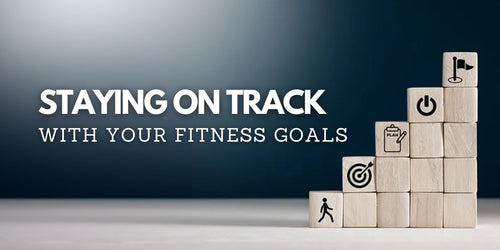
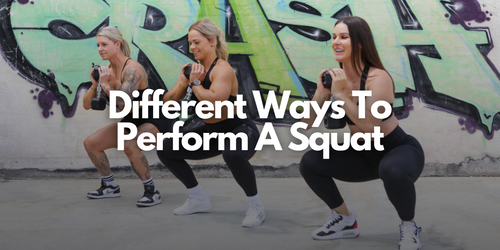


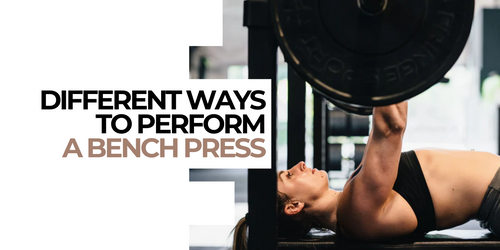
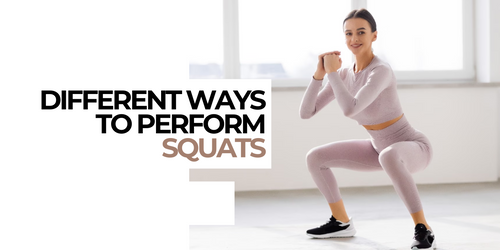

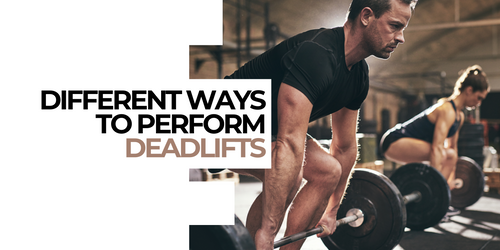

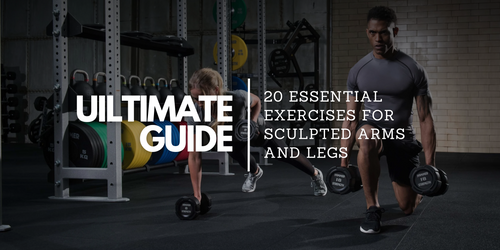




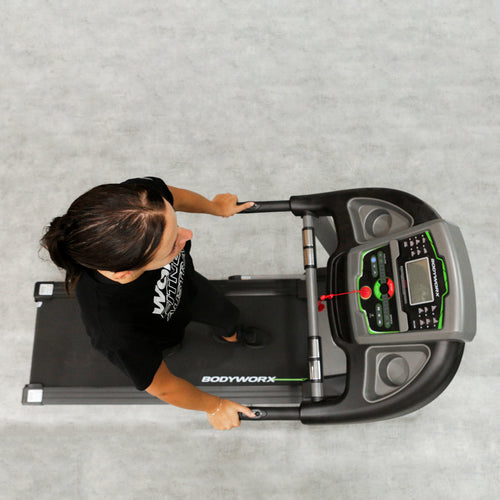
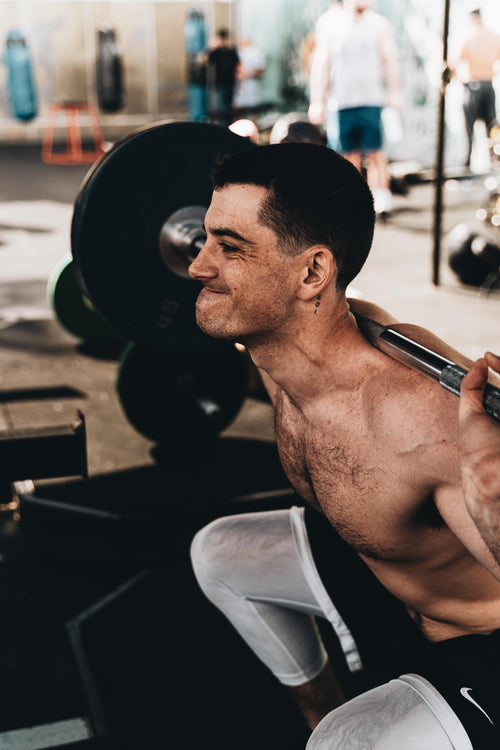


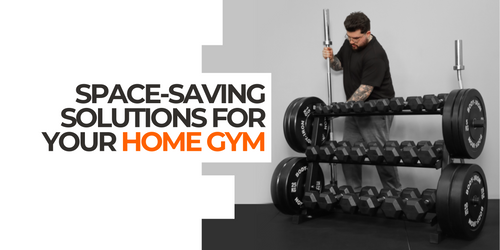
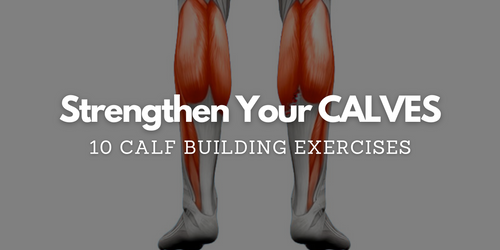
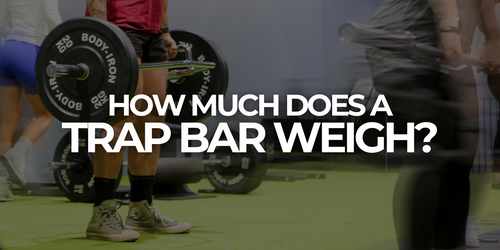
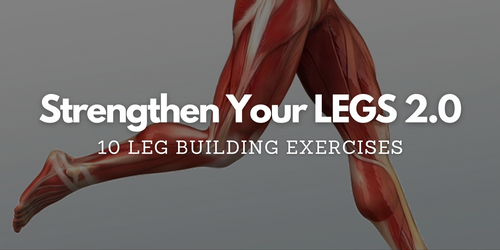
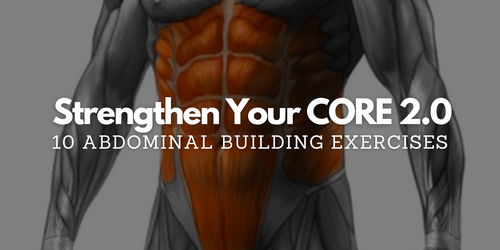

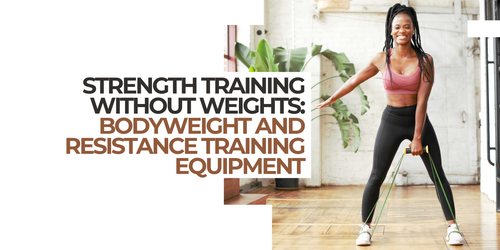
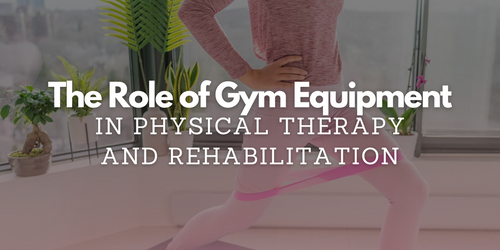
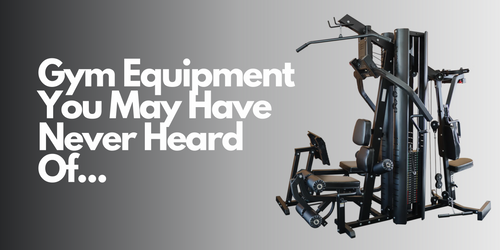
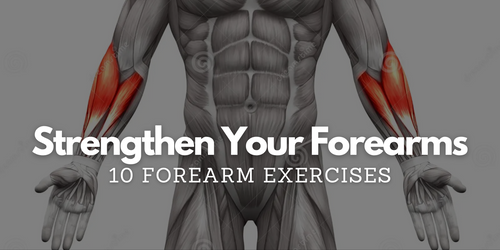
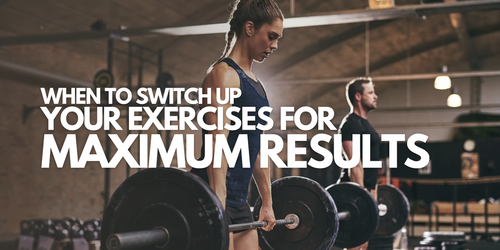
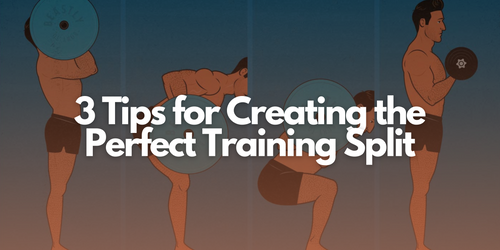


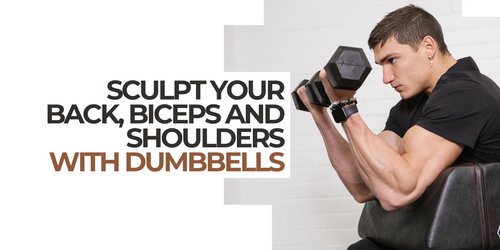

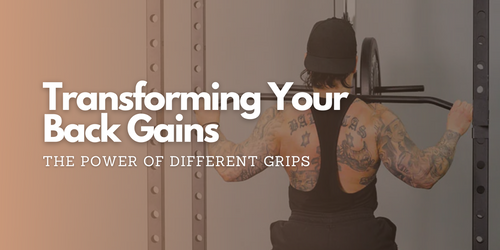
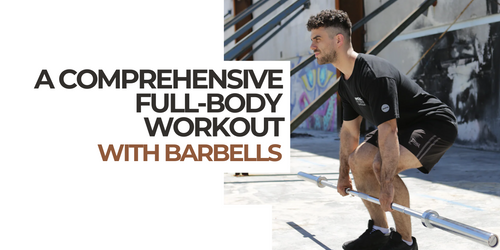
Leave a comment